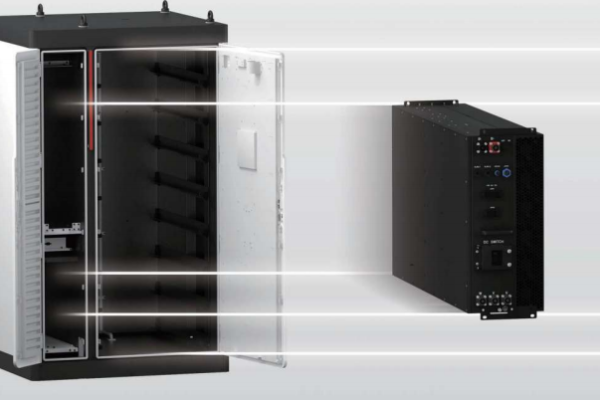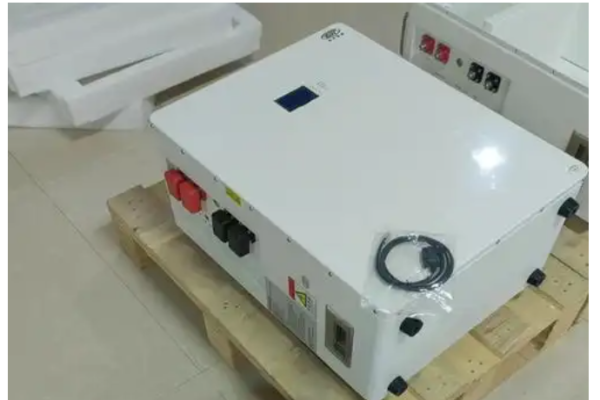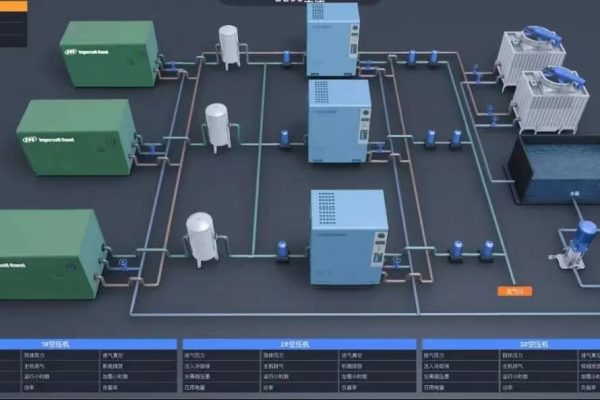Lower the Barrier, Improve Safety, and Grow Your Export Market
As demand for residential energy storage grows globally, more homeowners and small-scale contractors are interested in DIY-friendly solar+storage kits. For system integrators and exporters, offering pre-wired kits can unlock a powerful new market: clients who want fast, simple, and safe installation without hiring a full EPC team.
But building a good pre-wired kit isn’t just about bundling components—it requires strategic design, technical precision, and thoughtful packaging. In this article, we’ll break down how to create a pre-wired, plug-and-play PV+ESS system tailored for DIY users or small local installers.
Why Pre-Wired Kits Matter
A well-designed pre-wired kit can:
- Reduce installation errors
- Minimize on-site wiring time
- Improve safety and compliance
- Increase perceived value for the end user
- Open new export opportunities in regions with limited technical labor
Core Elements of a Pre-wired Kit
✅ 1. Inverter-Battery Integration
Pre-connect the inverter and battery system inside a cabinet or on a backplate. Include:
- Correct DC cable sizing
- Circuit breakers or DC fuses
- BMS-to-inverter communication wires pre-configured
- Terminal labeling (PV IN, Grid IN, Load OUT, Battery IN)
Make sure the wiring complies with local standards (e.g., NEC, IEC, etc.) depending on the target market.
✅ 2. Pre-configured EMS and Firmware
Ship the system with:
- Time-of-use charge/discharge logic
- SOC thresholds for battery protection
- MPPT voltage range optimized for included panels
- WiFi/LAN configuration with a QR code for easy setup
This reduces post-sale tech support calls significantly.
✅ 3. Panel Mounting Accessories (Optional)
For some DIY markets, including:
- Solar panel brackets
- Rail clamps
- Screws and ground lugs
- MC4 extension cables
…can make a difference. Even if you don’t supply panels, help clients get a full start.
✅ 4. Clear Visual Labels and Wiring Diagrams
Use durable, color-coded wiring and place printed diagrams on the inside of the cabinet or packaging. Labels should be:
- Weather-resistant
- Language-appropriate (English, Spanish, etc.)
- Include warning signs for DC/high voltage areas
✅ 5. Remote Monitoring Setup
Pre-register the system to a cloud platform (with a generic account or installer code) so users only need to “activate” it via app or QR scan.
This adds tremendous value for clients without advanced IT knowledge.
Logistics Tips for Exporters
- Ship the kit in modular form: for example, battery cabinet + inverter plate + cable box. This reduces freight cost and simplifies customs.
- Include country-specific plug types or adapter kits for AC connections.
- Offer add-on kits (e.g., extra batteries or EV chargers) with matching connectors.
Safety Considerations
- Never expose terminals—cover all live parts with protective plastic or metal plates.
- Include a manual disconnection method for battery and PV.
- Provide grounding instructions and bonding points.
- Include warning labels for installation by licensed electricians (even if the system is DIY-friendly).
Marketing Suggestions
- Emphasize “No Electrician Needed for Setup” (where legally allowed)
- Promote 1-hour installation or plug-and-play energy storage
- Use visuals: show real homeowners or small businesses installing the system
- Provide videos and simple PDF guides as value-added content
A pre-wired solar+storage kit lowers the barrier for small clients and DIY markets—and builds trust in your product’s usability. For exporters and small manufacturers, this is a high-impact way to differentiate your offering and scale faster with lower post-sale support.









